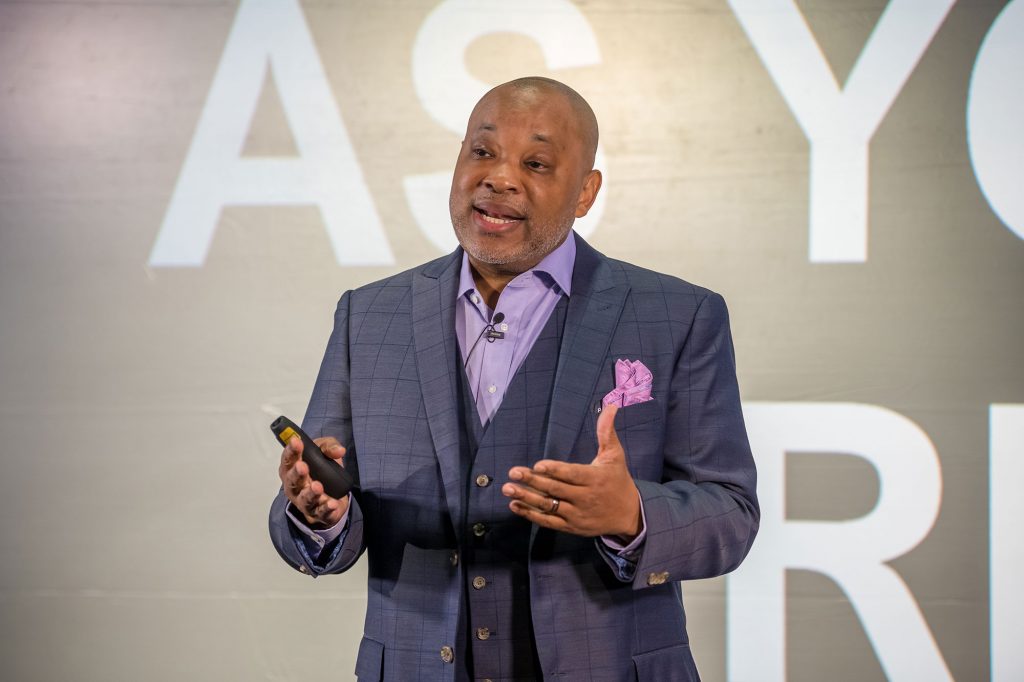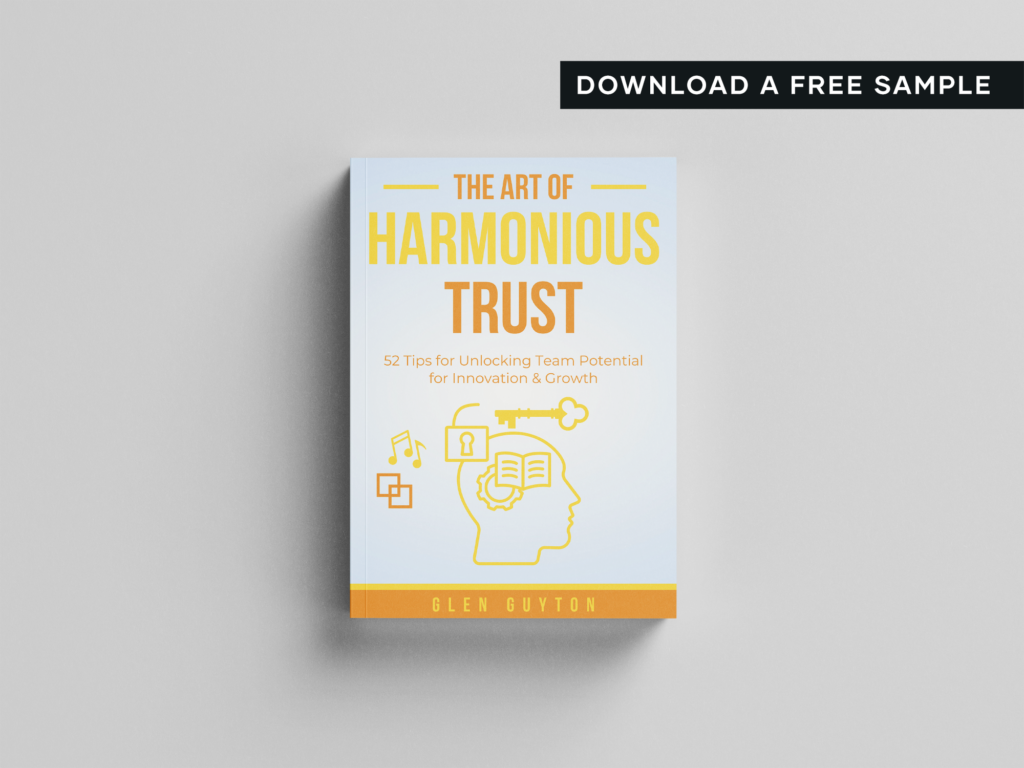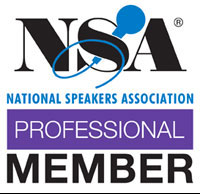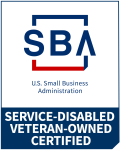The IDI: Understanding the Intercultural Development Continuum
Home / Resources / The Ultimate Guide to the IDI (Intercultural Development Inventory) / The IDI: Understanding the Intercultural Development Continuum
The IDI (Intercultural Development Inventory) is an assessment that helps organizations increase their cultural awareness by determining their place on the intercultural development continuum.
What is the Intercultural Development Continuum?
The Intercultural Development Continuum (IDC) is a model used in the IDI to aide in understanding your organizations orientation toward cultural competency. There are five orientations that measure the organization’s cultural outlook, from a Monocultural Mindset to Intercultural Mindset:
- Denial – oblivious to diversity
- Polarization – critiques diversity
- Minimization – overlooks diversity
- Acceptance – understands diversity
- Adaptation – prioritizes diversity
Barriers to Cultural Competence that Arise Along the IDC
Understanding where your organization falls on the continuum is important as it lays the foundation for any movement toward organizational change. However, each orientation has its own barriers to cultural competence and decision-making parameters to consider.
1. Denial Orientation
Challenges:
- Lack of awareness regarding cultural differences.
- Reluctance to acknowledge the importance of diversity.
- Limited engagement with diverse communities.
Decision-Making Parameters:
- Prioritize education and awareness programs for team members.
- Seek external expertise to assess the current state of cultural competence.
- Develop a diversity statement to signal commitment to inclusivity.
2. Polarization Orientation
Challenges:
- Tendency to view diversity as a problem or threat.
- Disagreements on how to address cultural issues.
- Difficulty in promoting a shared vision of inclusivity.
- Foster open discussions on cultural differences and their impact.
- Establish a diversity committee to address divisive issues.
- Engage in diversity training to build shared understanding.
3. Minimization Orientation
- Downplaying cultural differences.
- Assuming a one-size-fits-all approach.
- Unintentional exclusion of diverse perspectives.
- Promote cultural sensitivity training for team members.
- Encourage diverse recruitment and leadership.
- Develop inclusive policies and practices.
4. Acceptance Orientation
Challenges:
- Recognizing the value of diversity but not leveraging it fully.
- Potential tokenism in leadership team composition.
- Minimal focus on cultural competence in strategic planning.
- Prioritize diversity in recruitment and leadership positions.
- Incorporate cultural competence into the organization’s strategic plan.
- Actively seek diverse perspectives in decision-making.
5. Adaptation Orientation
Challenges:
- Cultural competence is embedded, but challenges still exist.
- Balancing diverse perspectives and maintaining unity.
- Navigating cultural nuances effectively.
- Continue to invest in cultural competence training and resources.
- Establish mentorship programs for team members to share knowledge.
- Leverage diverse perspectives for innovative problem-solving.
Organizations must recognize their organization’s developmental orientation on the IDI and adapt their practices accordingly. By understanding the challenges and decision-making parameters at each level, organizations can drive meaningful change, foster inclusivity, and achieve their mission effectively.

Glen Guyton, is a seasoned professional and a qualified administrator of the Intercultural Development Inventory (IDI).
With years of experience in fostering diversity, equity, and inclusion within organizations, Glen brings a wealth of expertise to the table.
If your organization is seeking to embark on a transformative journey towards greater intercultural competence, reach out to Glen to help your organization thrive in today’s diverse and dynamic landscape.




